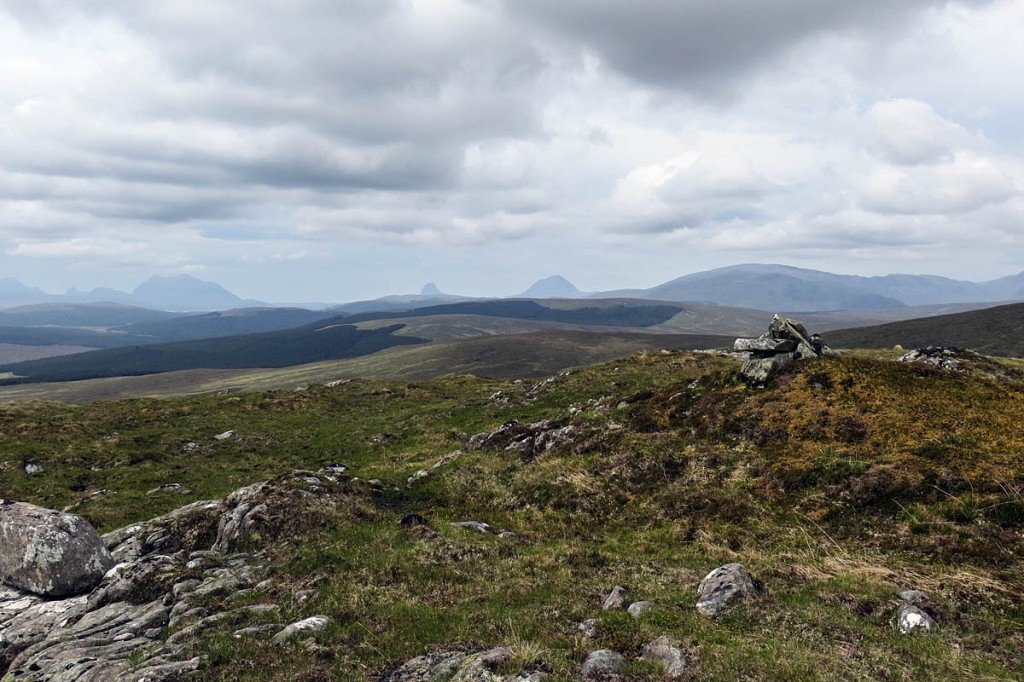Conservationists have welcomed an authority’s decision to object to the construction of 20 wind turbines on Scottish wild land.
The John Muir Trust praised Highland Council’s opposition to the application for the 132m-high structures at Caplich.
The council’s planning officers made the decision under delegated powers after consulting elected members. The application is now in the hands of the Scottish Government.
The Scottish Government last year rejected two similar applications in the same wild land area, at Glencassley and Sallachy. Ministers could either reject the proposal outright or hold a public local inquiry.
John Low, policy officer with the John Muir Trust said: “In 2015 the trust launched a campaign to protect Wild Land Area 34 from the threat posed by three windfarm proposals: Glencassley, Sallachy and Caplich.
“In November we were heartened by the Scottish Government decision to refuse consent for Glencassley and Sallachy. This latest decision by the council means we are another step closer to ensuring that wild land is protected for future generations.
“Highland councillors and planners are to be congratulated for making the correct call by objecting to Caplich. The decision is in line with the Scottish Government’s national planning framework, which states: ‘We also want to continue our strong protection for our wildest landscapes – wild land is a nationally important asset’.
“The objection is in line with a string of decisions last year to refuse applications for large-scale wind farms at Limekilns, Allt Duine, Carn Gorm, Glencassley and Sallachy.
“We are heartened that wild land is now is receiving the protection it deserves from local and national government, and hopeful that this commitment will be further reinforced when Highland councillors consider the Gordonbush extension next Tuesday.
“We have long argued that instead of covering Scotland’s wild land with turbines, pylons, power lines and access tracks, these areas could be transformed into living landscapes of trees and wildlife, with people and local communities benefitting from nature-based jobs and year-round tourism.”
Developer Muirhall Energy said: “It is hoped that the windfarm will be developed in partnership with local community groups who could hold a share ownership of up to 10 per cent of the windfarm company.
“The site has been chosen due to its setting within a natural basin which partially screens views from neighbouring settlements and much of the surrounding area. Visibility modelling suggests that the windfarm will be visible to a maximum of four homes within 5km and eight homes within 10km.”
The site lies north of Glen Oykel in Sutherland.
